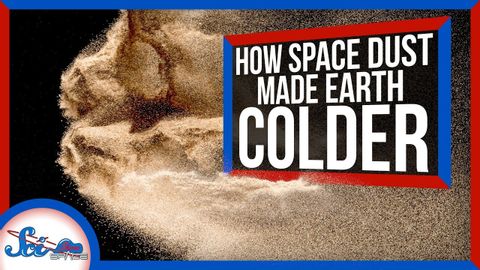這顆古老的小行星導致了冰河時代的到來嗎?| 科學秀新聞 (Did This Ancient Asteroid Cause an Ice Age? | SciShow News)
 沒有此條件下的單字
沒有此條件下的單字US /ˈɛpɪˌsod/
・
UK /'epɪsəʊd/
- n.插曲;集;(電視或廣播節目的)一集;事件;一段時期;(疾病的)發作
- v.t./i.出現;估計;我認為〜;認為
- n.身影;(計算過的)數量;肖像;圖;形狀;人物;名人;人影;數字
US /ˈkɑmprəˌmaɪz/
・
UK /'kɒmprəmaɪz/
- v.t./i.讓步;折中;妥協;連累;危及;洩露
- n. (c./u.)妥協
US /ˈdɛmənˌstret/
・
UK /'demənstreɪt/
- v.t./i.顯示;表露;遊行;演示;證實; 展示

